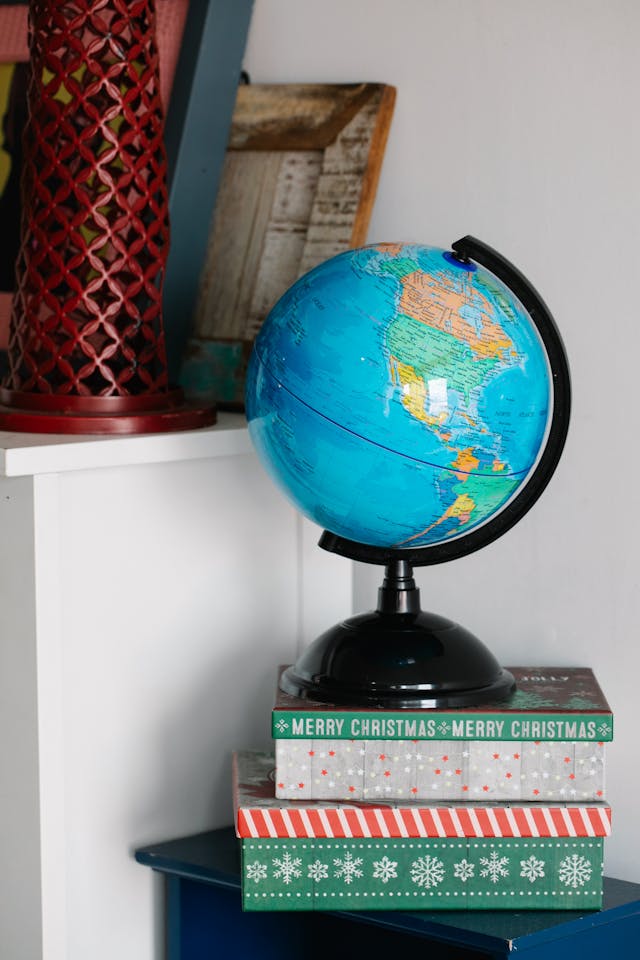When the year draws to a close, much of the world associates December with Christmas trees, gifts, and carols. Yet, not everyone celebrates Christmas in the same way—or at all. Many cultures observe entirely different festivities during the same period, offering unique insights into their traditions and beliefs. So, as we dive into the origins of Christmas and its broader cultural companions, let’s uncover what makes December magical worldwide.
The Roots of Christmas Festivities
Long before Christmas was a Christian celebration, the midwinter period was rife with traditions marking the solstice. For the Celts and Pagans, Yule celebrated the rebirth of the sun, occurring around the winter solstice (December 21 or 22). This was a time of feasting, honoring nature, and burning the iconic Yule log, symbolizing warmth and light during the darkest days of the year.
As Christianity spread, these midwinter traditions were woven into the fabric of Christmas. By the 4th century CE, the Roman festival of Saturnalia—a raucous celebration honoring Saturn, the god of agriculture—had heavily influenced early Christmas customs. Saturnalia was a time for gift-giving, feasting, and role reversals, where slaves dined like kings for a day. This blending of Pagan, Celtic, and Roman traditions shaped the Christmas we recognize today, but it is only one thread in the global tapestry of year-end celebrations.
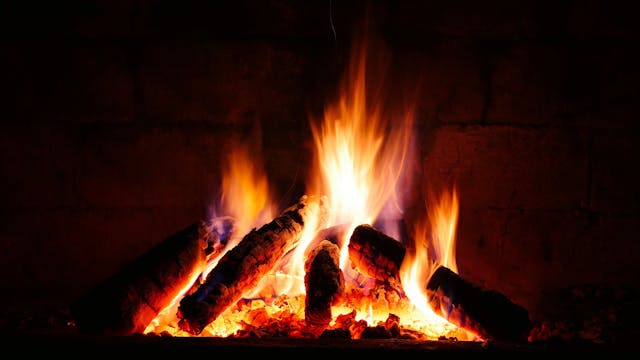
Festivities Around the World
Hanukkah (Jewish)
Often overlapping with December, Hanukkah (the Festival of Lights) commemorates the rededication of the Second Temple in Jerusalem. This eight-day celebration involves lighting a menorah, playing games like dreidel, and enjoying traditional foods fried in oil, such as latkes and sufganiyot (jelly-filled doughnuts). Hanukkah embodies themes of resilience, miracles, and community.
Kwanzaa (African American)
From December 26 to January 1, Kwanzaa celebrates African heritage, culture, and community. Created in 1966 by Dr. Maulana Karenga, Kwanzaa is rooted in seven principles called Nguzo Saba, including unity, self-determination, and creativity. Each day, families light a candle on the kinara, share stories, and exchange meaningful gifts emphasizing cultural pride and purpose.
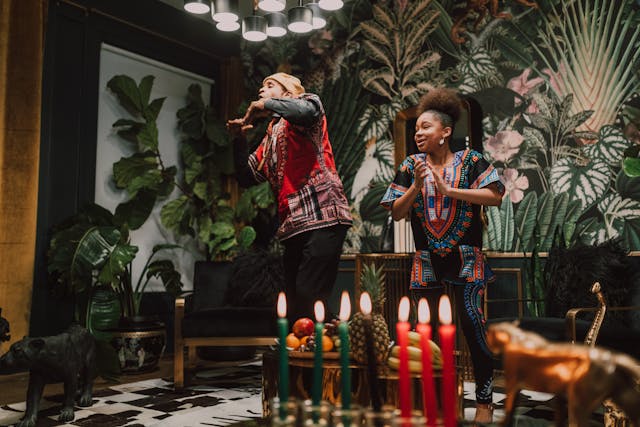
Dongzhi (East Asia)
The Dongzhi Festival, celebrated in China, Taiwan, and other East Asian countries around December 21 or 22, marks the winter solstice. This ancient tradition emphasizes the yin-yang philosophy, focusing on harmony and balance. Families gather to enjoy dumplings and tangyuan (sweet glutinous rice balls), symbolizing reunion and unity.
Ōmisoka (Japan)
While Christmas is observed in Japan as a secular holiday, New Year’s Eve—Ōmisoka—is the year’s major celebration. Families clean their homes thoroughly (a custom known as ōsōji) to welcome the New Year with a fresh start. They enjoy a bowl of toshikoshi soba (year-crossing noodles) and visit shrines or temples to pray for blessings.
Bodhi Day (Buddhist)
Bodhi Day, typically observed on December 8, honors the day Siddhartha Gautama (Buddha) attained enlightenment under the Bodhi tree. Buddhists mark this sacred day with meditation, chanting, and acts of kindness. Simple meals of tea and rice are shared, reflecting Buddha’s teachings on humility and mindfulness.
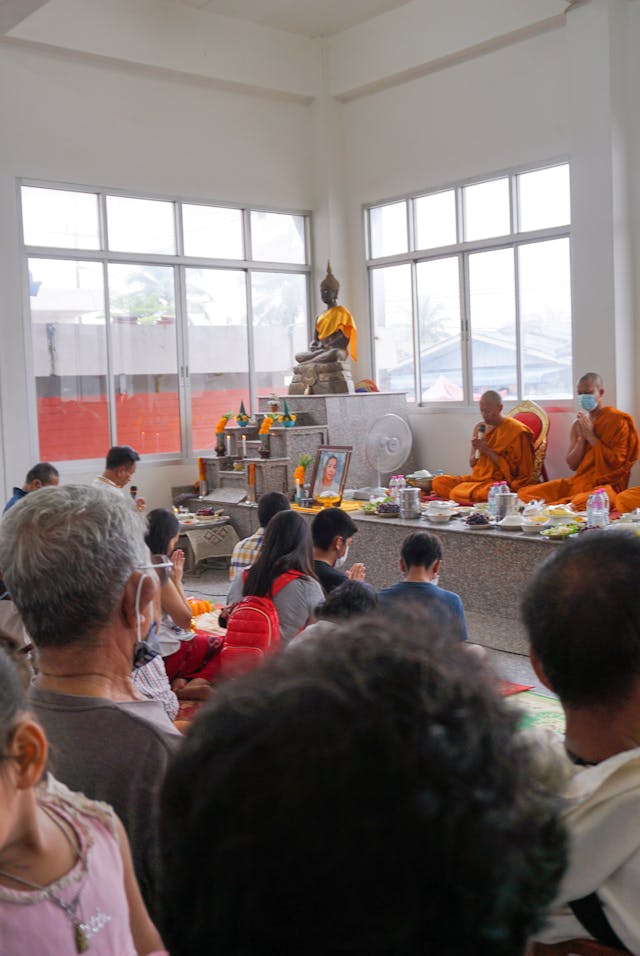
Pancha Ganapati (Hindu)
From December 21 to 25, some Hindu families honour Lord Ganesha during Pancha Ganapati, a modern festival emphasizing family harmony and spiritual renewal. Each day is dedicated to a specific virtue, such as love or joy, symbolized by brightly coloured decorations and gifts placed at the shrine of Ganesha.
Shab-e Yalda (Iran)
In Persian culture, Shab-e Yalda marks the longest night of the year, typically around December 20-21. Families gather to share poetry, nuts, pomegranates, and watermelon while reflecting on themes of renewal and light overcoming darkness. It’s a celebration deeply rooted in Zoroastrian tradition, predating Islam.
Las Posadas (Mexico)
From December 16 to 24, Mexican communities re-enact Mary and Joseph’s search for shelter in Bethlehem through nightly processions called Las Posadas. The festivities are vibrant and joyful, blending religious reverence with communal spirit, often culminating in feasts and piñata-breaking.
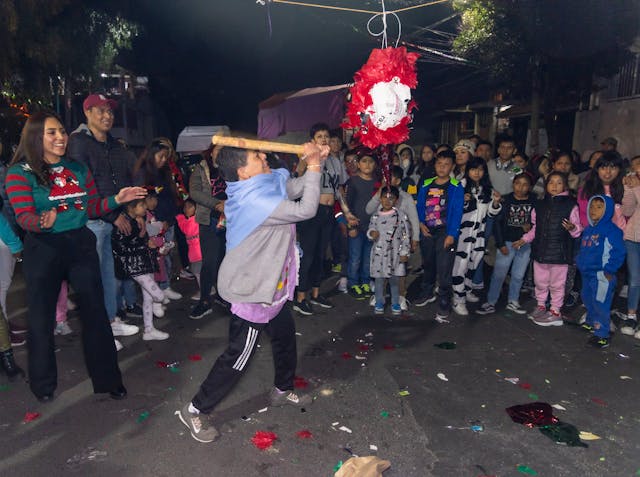
How Do These Celebrations Connect Us?
Despite their differences, December’s global festivities share common threads: togetherness, gratitude, and hope. Whether it’s lighting a menorah, sharing a meal of tangyuan, or gathering for Christmas Mass, these traditions remind us of the universal human desire to celebrate light, life, and love amidst the darkness of winter.
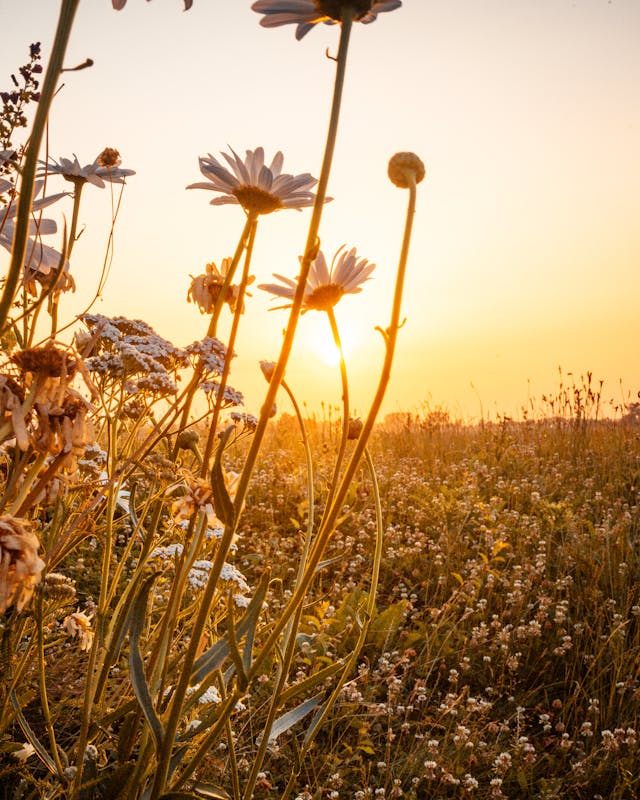
A Broader Perspective
Understanding these celebrations helps us appreciate the diversity of human culture. While Christmas is undoubtedly beloved, it’s important to remember that other traditions, old and new, also enrich the tapestry of this season. Learning about them fosters inclusivity and deepens our connection with the world around us.
As you enjoy your holiday traditions, consider exploring or even participating in another culture’s festivities. You might discover a new favorite ritual, meal, or philosophy that brings even more warmth and meaning to your year-end celebrations.
From the Yule log to Hanukkah lights, Bodhi Day meditations to Ōmisoka noodles, December reminds us that while we may walk different paths, we all seek the same joys of connection, renewal, and light. Embrace the season with an open heart, and let the world inspire your celebrations.
Happy Holidays—whichever ones you observe!
Love Life x
References
- Bowler, G. (2012). Christmas in the Crosshairs: Two Thousand Years of Denouncing and Defending the World’s Most Celebrated Holiday. Oxford University Press.
- Nussbaum Cohen, D. (2018). “Hanukkah: The Festival of Lights.” Jewish Journal.
- Karenga, M. (1966). “The Seven Principles of Kwanzaa: Kawaida Theory and Practice.”
- Jiang, M. (2020). “Dongzhi Festival Traditions in China.” China Highlights.
- Saraf, N. (2021). “Shab-e Yalda: The Persian Celebration of the Winter Solstice.” Culture Trip.
- Tannenbaum, M. (2015). “The Historical Origins of Christmas and Pagan Solstice Festivals.” History Today.

